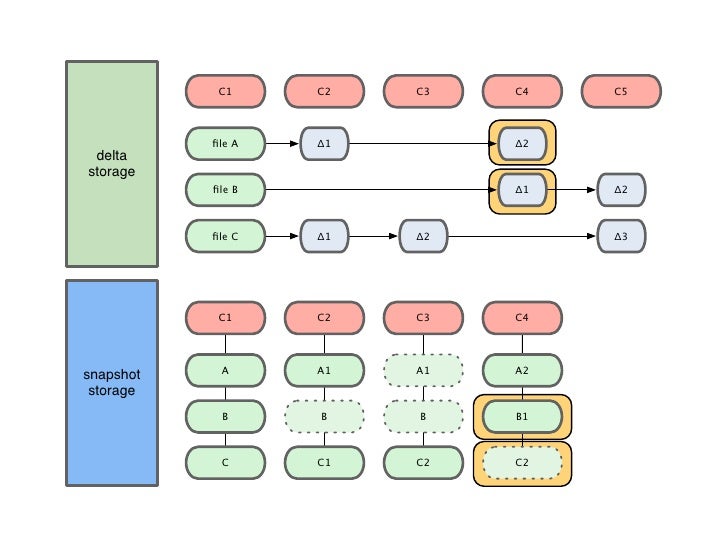

When you create commits, you've inherently saved local snapshots of your code. When you pull first, you can prevent upstream merge conflicts. From here, you can also decide to Pull or Push the commits. The top of the history now displays the details of these incoming and outgoing commits. The indicator also functions as a link to take you to the commit history of that branch in the Git Repository window. This indicator also shows you the number of unpushed local commits. When you fetch a branch, the Git Changes window has an indicator under the branch drop-down, which displays the number of unpulled commits from the remote branch. If you see any, pull first to prevent any upstream merge conflicts. Fetching checks if there are any remote commits that you should incorporate into your local changes. It's important to fetch and pull before you push. You can use it to fine-tune your fetch, pull, push, and sync operations. When you select it, a context menu appears. ) button control for additional operations. You can also use the button controls in the Git Changes window to perform these operations, too.įrom left to right, the button controls include Fetch, Pull, Push, and Sync.Īdditionally, there's also an ellipsis (. The Git menu also includes the following additional options: In the preceding screenshot, the Fetch option is highlighted. You can fetch, pull, and sync in Visual Studio 2022 by using the Git menu. Visual Studio helps you keep your local branch synchronized with your remote branch through download (fetch and pull) and upload (push) operations.

Applies to: Visual Studio Visual Studio for Mac Visual Studio Code


 0 kommentar(er)
0 kommentar(er)
